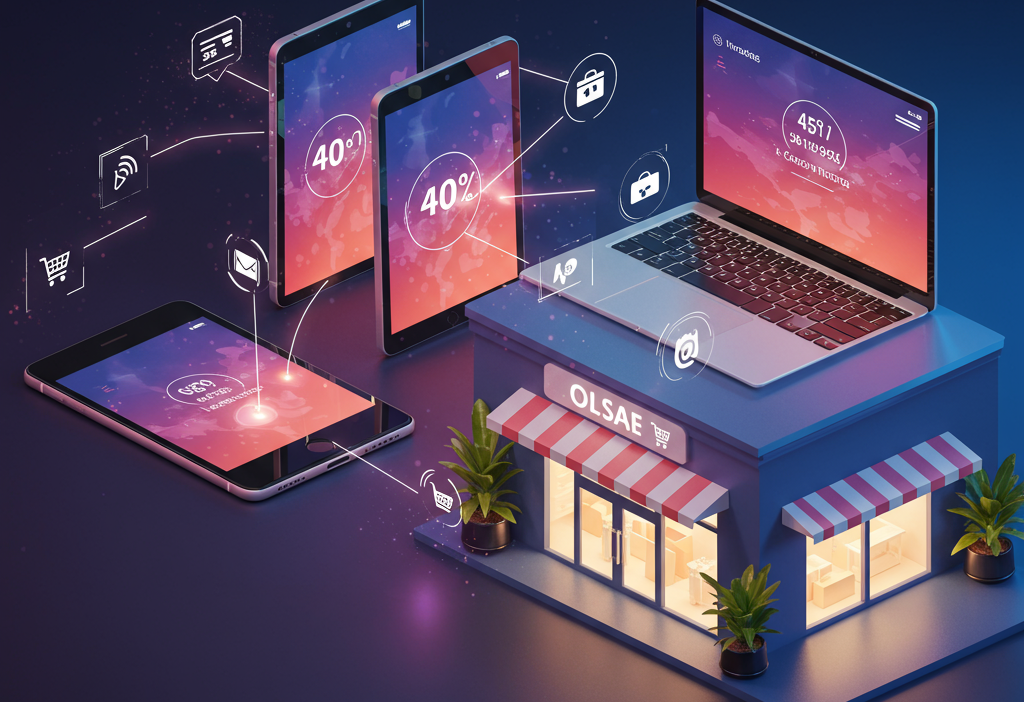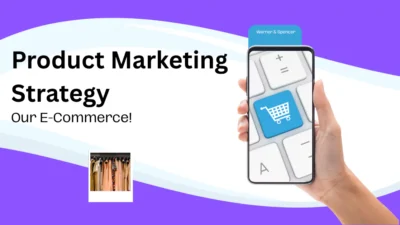In today’s competitive landscape, relying on a single marketing channel is no longer enough. Customers interact with brands across multiple touchpoints—online and offline—and expect a seamless experience every time. That’s where omnichannel product promotion comes in. This approach integrates all your marketing channels—from email and social media to in-store events and SMS—into one unified strategy, delivering consistent messaging and personalization that drives engagement and sales.
Why Omnichannel Promotion Matters
Research shows that omnichannel customers spend up to 4% more in stores and 10% more online than single-channel customers. By providing a cohesive journey, you build trust, increase brand recall, and make it easier for buyers to discover, consider, and purchase your products. Whether your audience is scrolling Instagram Stories, visiting a brick-and-mortar location, or opening your latest promotional email, your message should feel connected, relevant, and timely.
1. Auditing Your Current Channels
Before rolling out a full omnichannel plan, assess each touchpoint you’re using:
- Website and Blog: Review your UX, load speed, and SEO performance.
- Email Marketing: Analyze open rates, click-through rates, and segmentation strategy.
- Social Media: Evaluate engagement metrics on platforms like Instagram, Facebook, LinkedIn, and TikTok.
- Paid Advertising: Check ROI across Google Ads, Facebook Ads, and programmatic buys.
- Offline Channels: Include events, retail partnerships, direct mail, and in-store promotions.
This audit will reveal gaps, overlaps, and profitable channels to prioritize in your omnichannel promotion plan.
2. Crafting a Unified Messaging Strategy
Consistency is key. Develop a core brand narrative that highlights your product’s unique value proposition. From catchy headlines to visual assets, ensure each channel mirrors your brand voice and style:
- Tone of Voice: Friendly yet authoritative, playful yet professional—choose what resonates with your audience.
- Visual Identity: Use consistent colors, typography, and imagery that reinforce brand recognition.
- Key Messages: Distill your product’s benefits into 3–5 pillars and weave them through every promotion.
3. Personalization at Scale

Omnichannel isn’t just about presence—it’s about relevance. Leverage data from CRM systems, purchase history, and browsing behavior to tailor your promotions:
- Dynamic Email Campaigns: Send personalized product recommendations based on past purchases.
- Retargeting Ads: Serve custom ads for customers who visited specific product pages but didn’t convert.
- In-App or SMS Messages: Trigger limited-time offers when users reach certain engagement milestones.
Tools like marketing automation platforms and AI-powered recommendation engines can help you scale this personalization without manual effort.
4. Integrating Online and Offline Touchpoints
Even in a digital age, brick-and-mortar experiences remain vital. Bridge the gap between online interest and in-store action:
- Click-and-Collect: Offer free in-store pickup and promote it via website banners and social ads.
- QR Code Promotions: Place codes on packaging that link to exclusive online content or discounts.
- In-Store Events: Invite email subscribers to private product demos or VIP shopping nights.
5. Content That Resonates

Storytelling is the backbone of effective promotion. Create content tailored to each stage of the buyer journey:
- Awareness: Blog posts, social videos, and infographics explaining industry trends and highlighting product benefits.
- Consideration: Webinars, case studies, and comparison guides that showcase use cases and results.
- Decision: Limited-time promotions, free trials, and customer testimonials to tip the scales.
6. Influencer and Partner Collaborations
Expand your reach by teaming up with micro-influencers, industry experts, or complementary brands. Their endorsement adds credibility and introduces your product to new audiences. Structure collaborations with clear deliverables—blog mentions, social takeover, co-branded webinars—and track performance through affiliate links or unique coupon codes.
7. Measurement and Optimization
No strategy is complete without data-driven insights. Define KPIs for each channel—open and conversion rates for email, engagement and impressions for social, foot traffic for stores—and consolidate them in a dashboard. Regularly review performance to:
- Identify High-Performing Channels: Double down on tactics that yield the best ROI.
- Test and Learn: A/B test subject lines, visuals, call-to-action placements, and promotional offers.
- Refine Targeting: Use audience insights to adjust segmentation and personalization rules.
8. Best Practices and Common Pitfalls
To ensure success, keep these best practices in mind:
- Maintain Data Hygiene: Regularly clean and update your customer database to avoid irrelevant outreach.
- Balance Automation and Authenticity: While automation drives efficiency, human-centric messaging fosters genuine connections.
- Align Teams Internally: Unify marketing, sales, and customer support around shared goals and messaging guidelines.
Conclusion
Omnichannel product promotion is more than a buzzword—it’s a business imperative. By auditing your channels, crafting unified messaging, personalizing experiences, and measuring results, you can create a frictionless customer journey that drives loyalty and lifts sales. Start small: pick two or three channels to integrate first, then scale your strategy as you see results. With the right mix of creativity, technology, and data, you’ll not only meet customers where they are but also exceed their expectations every step of the way.
Learn more about: How to Use Competitive Analysis in Product Marketing





